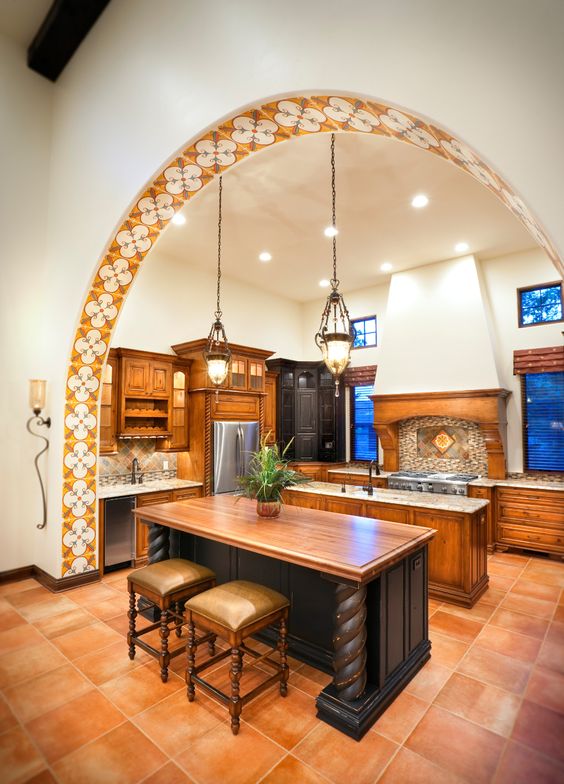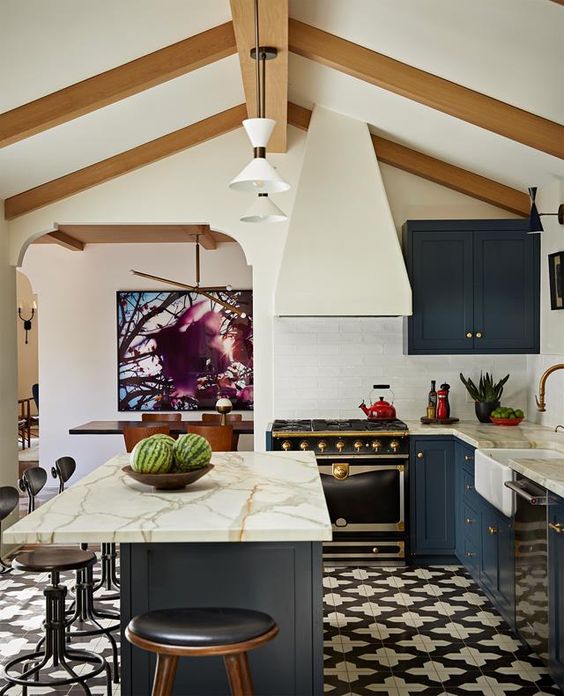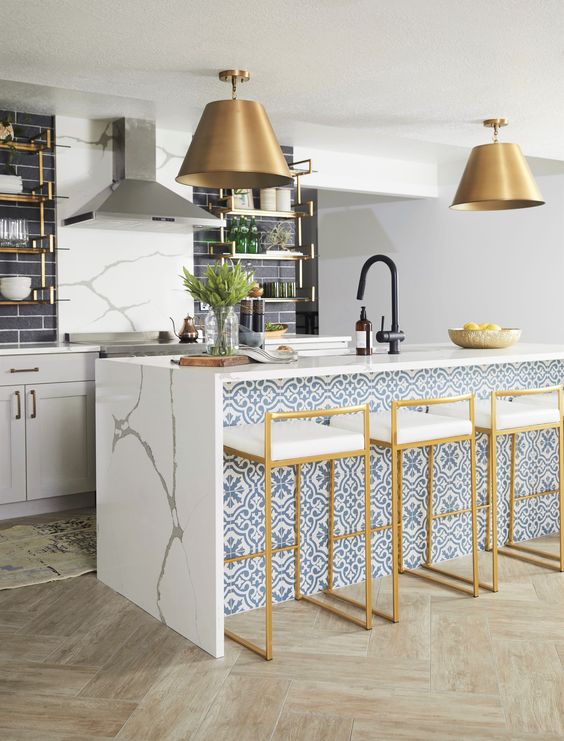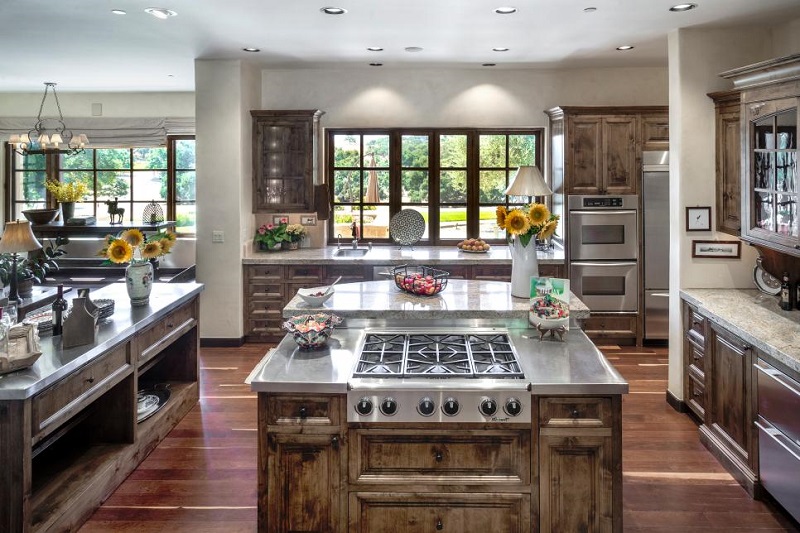Globalkicau.com – A true chef’s paradise, the Mediterranean Kitchen is located on a quiet street in London, UK. The restaurant is owned by Corin, an Irish chef who migrated to London many years ago. Since then he has devoted his efforts to perfecting the Mediterranean Kitchen, serving up everything from local delicacies to Italian specialty dishes. The atmosphere inside is quiet and warm, with wood furniture and casual yet elegant decor. The restaurant serves lunch Monday to Friday, dinner on Saturday, and breakfast on Sunday. It also offers catering services on request.
Creating a True Mediterranean Kitchen Layout
Corin created the layout of his Mediterranean Kitchen as an expression of his strong Irish roots. He chose unusual accessories such as an ornate floor-to-ceiling oven with original artwork by his mother. The motifs of the restaurant are influenced by the cultures of the islands on the Ionian Sea coast, Corin spent considerable time researching the islands to create the atmosphere and menu of his culinary wonderland. Because there is only one restaurant in the whole of the Mediterranean, Corin has had to design and create his restaurant in such a way that it stands out from the rest. His original idea was to use the same lighting as the ceiling in the kitchen, but because of the uniqueness of his island-themed restaurant, Corin opted for something a bit bolder: glass-walled, mirror-covered cabinets instead of traditional doors, with potted plants lining the walls.

Although the walls are mostly glass, the layout of the kitchen has not changed much since Corin’s original concept for his Mediterranean kitchen. The principal elements of this style are a long bar with wooden shelves to hold wine and beer, a grill, a refrigerator, a sink and counters for the chef, and a dining table with one or two chairs. The bar can be modified to include an open kitchen where the chef can perform his tasks or even cook his own meal. On the floor, you can find two sets of chopping blocks, a baker’s rack and a platter fit for fruit and bread. It takes a real culinary genius to make the changes to this style of kitchen, but Corin did it just for the satisfaction of seeing his creation run smoothly.
Features of the Mediterranean Kitchen Style
There are no real design features that set apart this kind of kitchen from other variations of the Mediterranean kitchen style. Corin’s primary focus, however, was on creating a kitchen that would be aesthetically pleasant and functional at the same time. He chose hand-painted tiles for the walls and countertops, which are actually very practical for a Mediterranean kitchen as they allow for moisture and air circulation in the area.
The use of stone in this type of kitchen is subtle. The use of marble, granite, or limestone tiles is probably a better alternative for the Mediterranean kitchen than slabs of dark-colored stone. If you really want a very striking effect in your space, however, you can’t go wrong with some large, natural-colored stone like slate, marble, or granite. Corin decided on lightweight stone fixtures for this style because he didn’t want to overpower the space with large and heavy fixtures.

Another thing that sets this Mediterranean kitchen style apart from other variations is the lighting. The lighting needs to be soft and understated so that it doesn’t mar the look of the room. Corin decided that two small fluorescent light fixtures were the best choice for the walls and countertops. There are no knobs or handles for easy access to the lights, so you’ll have to rely on the easy-to-reach clips to keep them where they need to be. These light fixtures also help to provide an even lighting scheme throughout the entire room.
Choose Mostly Neutral Colors
Corin chose mostly neutral colors for his kitchen so that there would be as much variety in his color palette as possible. This makes the colors work together even if they aren’t directly seen. The kitchen uses a combination of earthy tones including brown, gray, burnt orange, and green to create its central focus. Because this is a place where the family gathers, the accent colors tend to be darker.

Under the marbled tiles, Corin used a rich color scheme of gold, ivory, and almond. The base of the cabinet was covered with black marble tiles, and the rest of the cabinets were all in cream, beige, or walnut. The dining table used walnut marble and was complemented by a wood cabinet with a glass top. Underneath the cabinet, Corin installed a cabinet of the same woods and then had the top made of another walnut hardwood so that the focus of the room’s richness of color came through.





